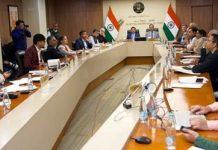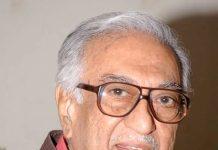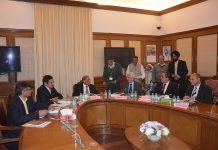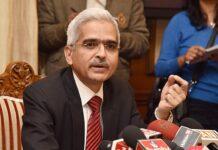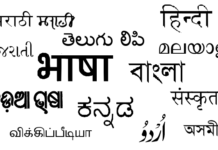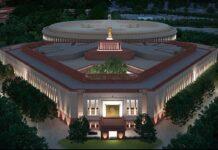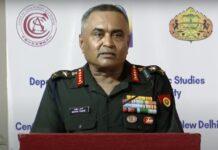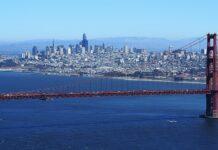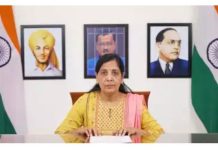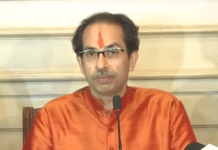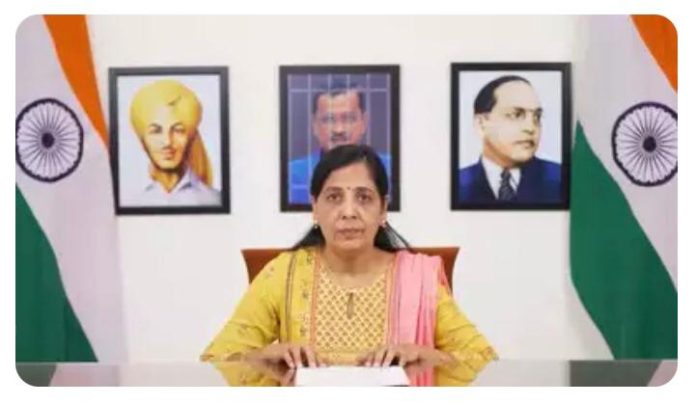As father of the nation, Mahatma Gandhi is accorded central place in official photographs. However, Arvind Kejriwal seems to have replaced him as evident in pictures doing round in the media now. Has Kejriwal reached the rank of Ambedkar and Bhagat Singh? Should he have removed Mahatma Gandhi in official photo?
Few years ago, I was in Varna, a town in the northern part of Bulgaria’s Black Sea coast. While having a stroll in the city garden next to Varna city art gallery, I came across a statue being gazed reverently by few visitors. It was Mahatma Gandhi’s bronze.
More recently, Saudi prince Turki Al Faisal is said to have condemned violent actions by Hamas and Israel in Palestine and preferred Gandhi’s non-violent civil disobedience for achieving political objectives.
Mahatma Gandhi is recognised and respected for proving to the world, for the first time in medieval and modern world history, that it is possible to shun violence and resolve conflicts through non-violent means. This is, perhaps, the most novel and most seminal contribution to the humanity ridden with innumerable fault lines. No wonder, he had likes of Albert Einstein, Martin Luther King and Nelson Mandela as his follower and admirer.
Gandhi was the most popular mass leader that India ever had, so much so that the Gandhi surname still elicits respect and allegiance in the rural hinterland. He remains the most famous Indian in the world, perhaps next only to Gautam Buddha. In most parts of the world, Gandhi is synonym of India.
After independence, he was accorded the status of “father of nation” for having successfully led India’s national movement against colonial powers. Ashok emblem, tricolour flag and Gandhi’s image are three symbols of the Great Indian nation. Offices of the constitutional post holders such as judges, ministers and senior government functionaries are sanctified with Gandhi’s photos and statues.
However, things changed for Gandhi when Arvind Kejriwal’s Aam Aadmi Party came to power in Delhi and Punjab. Mahatma Gandhi’s photos were officially removed from government offices. Kejriwal chose to have photos of B.R. Ambedkar and Bhagat Singh in the government offices in AAP ruled Delhi and Punjab. Notwithstanding this, AAP leader kept visiting Gandhi’s samadhi for political protests. So, why he needed to remove Gandhi? What message he was trying to communicate and to whom?
Gandhi had actively worked towards abolition of the unfortunate practice of untouchability. Ambedkar was a victim of untouchability hence he obviously had stronger views. So did Sardar Bhagat Singh. All the three Indian nationalist leaders wanted untouchability to be abolished as soon as possible but differed in approach perhaps because Gandhi had many other factors to balance in nationalist movement. Apparently, Ambedkar thought Gandhi did not do enough against caste system and untouchability. This feeling is reflected by many in the present day Scheduled Caste (SC) population as well who consider Ambedkar as their icon. Given both Delhi and Punjab have significant SC population (Delhi has about 17% while Punjab has 32%), it may be possible that Arvind Kejriwal’s action against Gandhi was aimed to accommodate that feeling. After all, messaging plays very critical role in politics but in doing so Kejriwal crossed the sacred line reflecting an anarchist mindset. (On a similar note, in 2018, some protesters had vandalised Gandhi’s statue in University of Ghana campus accusing him of racism notwithstanding the fact that the civil right activists like Martin Luther King and Nelson Mandela were greatly inspired by Gandhi and idolized him).
In BJP and RSS too, there are many (e.g. Pragya Thakur) who have been and are very unkind to Gandhi in words and openly eulogise his killer Godse for permanently removing him from Indian public landscape. Reason – these set of Indians hold Gandhi responsible for partition of India and creation of Pakistan. They also accuse Gandhi of giving “undue” favours to Muslims. Little do they realise that the ancestors of most of the Muslims of undivided India were victims of discriminatory caste practices of the time, who had converted to Islam for more dignified social life. In doing so, however, they overreacted, particularly the two-nation theorists, and renounced their Indianism altogether and assumed false identities that still troubles present Pakistan. BJP/RSS activists who criticise Gandhi should do a thought experiment and reflect on why their brother Hindus renounced Hinduism in such large number in the past, adopted Islam and declared themselves as a separate nation, and why there is such deep hatred for Hindus and India in Pakistan?
To me, Godse was a coward who chose to eliminate a frail old man who was trying his best to quell communal frenzy to restore peace. If he were brave and true son of Mother India, he would rather have stopped the man responsible for the two-nation theory and partition of India. Nathu Ram was like a weak child who beats him mum when beaten by the boys in the street.
***



